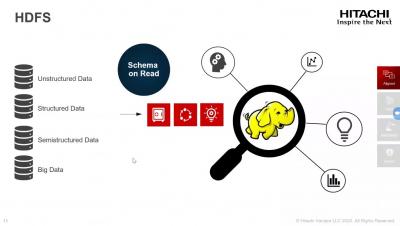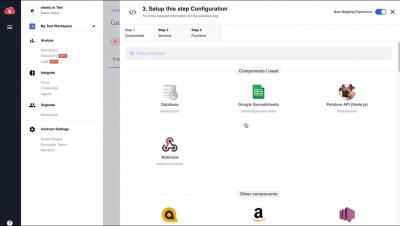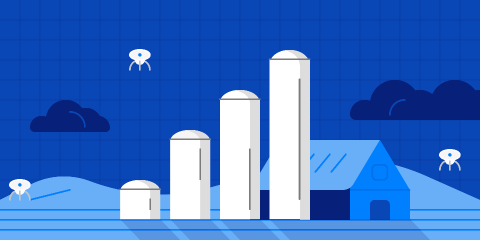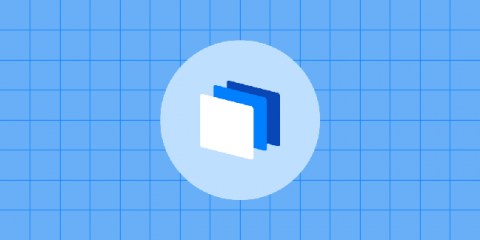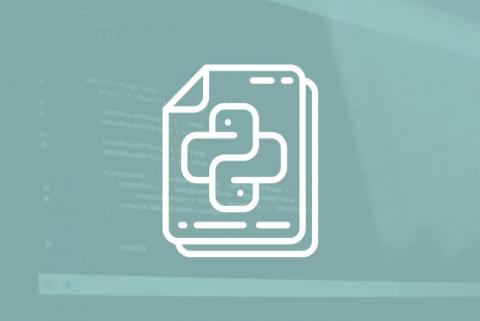5 Challenges of Simplifying DevOps for Data Apps
The benefits of building a DevOps culture for software companies are clear. DevOps practices integrate once-siloed teams across the software development lifecycle, from Dev to QA to Ops, resulting in both faster innovation and improved product quality. As a result, most software development teams have deployed tools to enable DevOps practices across their workflow.





